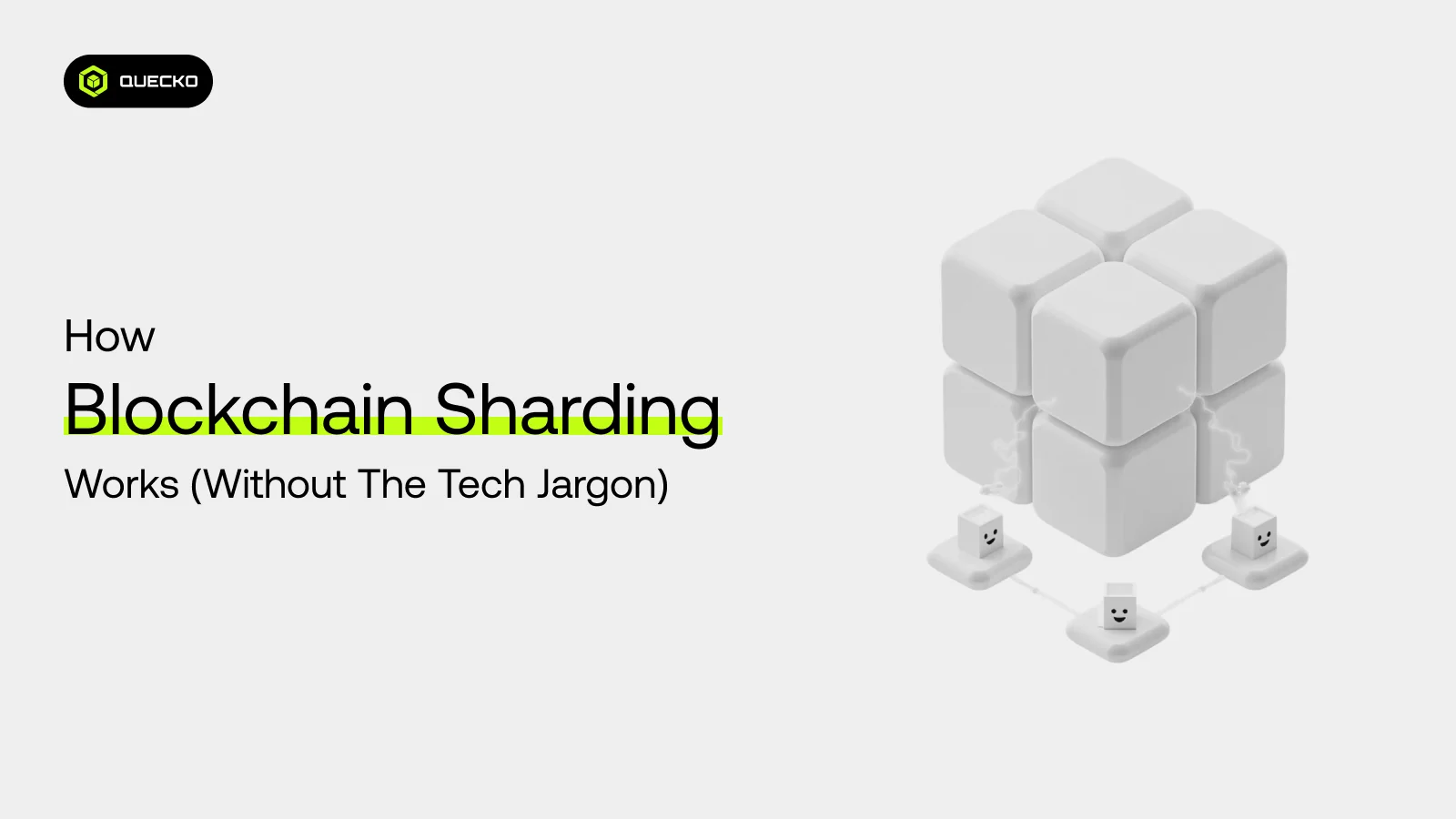How Blockchain Sharding Works (Without the Tech Jargon)
Learn how blockchain sharding works in simple terms, no tech jargon. Discover how it boosts speed, scalability, and efficiency in blockchain networks like Ethereum.

If you’ve ever tried to understand how blockchain technology works, you may have run into complex terms that seem more suited for software engineers than everyday readers. One of those intimidating terms is “sharding.” But don’t worry, we’re here to explain blockchain sharding in a way that’s as clear and approachable as possible. No technical background required!
In this post, we’ll break down what blockchain sharding is, why it matters, how it works (without diving into programming), and how it could shape the future of decentralized technology.
What Is Blockchain, Briefly?
Before we dig into sharding, let’s set the stage.
A blockchain is a digital ledger, like a notebook that records transactions. Every computer on the network keeps a copy of the complete transaction history to maintain transparency and security but instead of being stored in one place, it’s shared across thousands of computers worldwide. Everyone who uses the blockchain has a copy of this notebook. This shared system is what makes it decentralized and secure. These kinds of shared systems are what define blockchain networks, many computers working together without a central authority.
Each page in the notebook is a block, and each block contains a list of transactions. These blocks are linked together, forming a “chain”, hence, blockchain.
Blockchain technology enables this kind of decentralized data sharing while maintaining trust and security without a central authority but as blockchains grow, they face a big challenge:
The Problem With Growing Blockchains
Imagine a notebook that keeps growing and growing every time someone buys or sells something using blockchain. This means the transaction history grows endlessly, making it harder to store and process efficiently.Eventually, the notebook becomes huge, and copying or updating it gets slower and harder.
This is exactly what’s happening with popular blockchains like Ethereum and Bitcoin. The more users, apps, and transactions, the more data there is to store and process. This growing demand puts a heavy load on existing blockchain networks, leading to slower performance.
This leads to three major issues:
- Slower transaction speeds
- Higher costs (gas fees)
- Scalability problems
To solve this, blockchain developers have looked to a technique already used in databases and computer systems: sharding.
What Is Sharding?
In simple terms, sharding is breaking a big task into smaller, manageable pieces.
Let’s say you have a giant book to read. Instead of doing it yourself, you split the pages with a few friends. Each of you reads a section and reports back. Together, you finish the book much faster.
Sharding does the same thing with blockchain networks by dividing the workload across smaller groups. Instead of having every computer process every transaction, the network is split into smaller groups (called shards), and each shard handles only a portion of the data. It’s a form of parallel processing, where different parts work simultaneously to get the job done faster.
How Sharding Works (Using Real-Life Analogies)
Let’s explore sharding with a few relatable examples:
Library Analogy
Imagine a huge library with one librarian managing all books and requests. It gets chaotic as more visitors arrive.
Now, split the library into sections, fiction, non-fiction, history, science, and assign a librarian to each. Each one manages just their section. Things run faster and smoother.
That’s what sharding does in blockchain: it divides work among smaller groups.
Grocery Store Checkout
Ever been to a supermarket with one long checkout line? Painful.
Now imagine 10 checkouts open at once. You go to the shortest line, and everyone gets through faster.
In a blockchain, each checkout line is a shard processing its own set of transactions. By using parallel processing, each shard or checkout line handles transactions at the same time, greatly speeding up the whole system.
Benefits of Sharding in Blockchain
Sharding is a major advancement in blockchain technology, designed to improve performance as networks grow so why go through the trouble of sharding a blockchain? Here’s what it offers:
✅ Speed
With sharding, not every computer in the network needs to process every transaction. This dramatically improves transaction speed. This kind of parallel processing enables blockchains to handle many transactions at once, increasing overall throughput.
✅ Scalability
Blockchains can grow to support millions of users and applications without choking on too much data. This is essential for the long-term sustainability of blockchain networks.
✅ Lower Costs
Because the network is more efficient, it takes less energy and computing power, often lowering fees.
✅ Better User Experience
Faster transactions and lower fees mean happier users, especially for decentralized apps (dApps) and smart contracts, which rely on speed and efficiency to function properly.
Challenges and Risks
Of course, sharding isn’t a magic wand. It brings challenges, including:
⚠️ Security Risks
Smaller shards could be easier for attackers to compromise if not properly secured.
⚠️ Cross-Shard Communication
What if two people in different shards want to interact? Moving data between shards can be complex and requires careful coordination. This challenge is especially important when handling cross-shard transactions, which require secure and synchronized interaction between different shards.Handling cross-shard transactions efficiently is one of the biggest technical hurdles in sharded blockchain systems.
⚠️ Complexity for Developers
Building apps on a sharded blockchain is more challenging and may require new tools and strategies.
Developers also need to ensure that smart contracts can function reliably even when interacting across multiple shards.
Sharding in Action: Real Blockchain Examples
🔹 Ethereum 2.0 (Now Ethereum Post-Merge)
Ethereum’s sharding roadmap was originally proposed by Vitalik Buterin, one of the co-founders of Ethereum. Ethereum’s long-term plan includes introducing sharding to help the network scale. While the “merge” in 2022 shifted Ethereum to proof-of-stake, sharding is expected to come in later phases.
Ethereum’s move towards sharding also aims to improve the speed and efficiency of smart contracts on its platform. The Ethereum network is actively working on sharding to improve scalability and transaction speed.
🔹 Zilliqa
Zilliqa is a blockchain project that already uses sharding. It was one of the first to implement it successfully and can handle thousands of transactions per second.
🔹 NEAR Protocol
NEAR also uses a form of sharding called Nightshade, which dynamically distributes work across the network. These innovations allow blockchain networks to handle far greater capacity without sacrificing decentralization.
Each of these blockchains uses sharding to handle more users and grow sustainably.
Some blockchain architectures, like Polkadot, use a relay chain to coordinate multiple shard-like chains called parachains, ensuring security and interoperability across the network.
The Future of Sharding
Sharding is one of the most promising ways to solve the blockchain trilemma: the challenge of balancing decentralization, security, and scalability.
As demand for Web3 apps, NFTs, and decentralized finance grows, sharding could become a standard feature of high-performance blockchains. Future-ready blockchain networks will likely depend on sharding to maintain speed and security at scale.Combined with other solutions like layer-2 rollups, sharding will play a key role in shaping the next decade of blockchain innovation. Combined with other solutions like layer-2 rollups, blockchain technology will be better equipped to handle future needs. As sharding rolls out, the Ethereum network is expected to handle many more users and decentralized applications smoothly.
Final Thoughts
You don’t need to be a tech expert to understand the value of blockchain sharding. By dividing a big system into smaller, manageable parts, sharding helps blockchains become faster, more efficient, and scalable for real-world use.
Think of it like splitting chores, opening more checkout lines, or adding more librarians, it’s all about making things work better by sharing the load.
As the blockchain space continues to evolve, expect to hear more about sharding. And now, when you do, you’ll know exactly what it means, no jargon necessary.
Date
2 months agoShare on
Related Blogs

The Role of Localization in Onboarding Non-Crypto Natives
3 days ago

The Role of AI in Detecting Smart Contract Vulnerabilities Before Deployment
6 days ago

How AI & Smart Contracts Create Personalized User Experiences
11 days ago

Blockchain for Government & Regulation: From Hype to Utility
12 days ago







